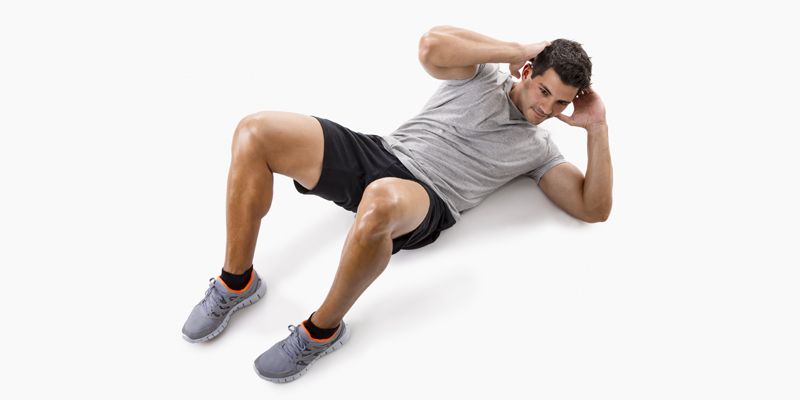
For those Philadelphia Eagles fans out there, we had been anxiously awaiting DeSean Jackson’s return to football last Sunday after an abdominal strain had kept him out of the game for several weeks. However, after weeks of rehabilitation, he returned to the game last week only to reinjure the abdominals to the point of requiring surgery. At Rebalance, we often treat abdominal injuries including strains, tears, diastasis recti, and athletic pubalgia or sports hernia.
One thing these all have in common is a muscle dysfunction. All muscles in the body need two things to work their best – strength and length. What we often see in athletes is good strength, but very poor length.
Let’s look at the abdominal muscles. If you are a professional athlete, you need to have very good overall core strength. There are 4 abdominal muscles: rectus abdominis (6-pack abs), internal and external obliques (side cut abs), and transversus abdominis (lower abs).
The first three (rectus and obliques x2) are generally strengthened with what most people think of as “core exercises” – sit ups, crunches, Russian twists, bicycles, planks etc. However, most of the time, these exercises neglect the lower abdominals which are the stabilizing abs and help to dissipate the load across the abdomen to not strain one area or tendon of the abdominals.
Now, lets take a professional athlete that spends probably a large amount of time training to obtain that six-pack and cut sides, but ignores those underlying transverse abs which shut off if not specifically focused on to contract. The professional athlete also most likely isn’t taking as much time to stretch the abdominals with some cobra stretches and other stretches for muscles attaching to the pelvis that support the core. The rectus and obliques just get tighter and tighter and tighter – gaining strength, but not length!
Eventually, the muscle can’t take the tension and strains/tears or in some instances completely rips off the bone (typically the pubic attachment in the case of abdominals) which will require surgery.
This concept of strength and length can be applied to any muscle in the body including the pelvic floor! When doing any strengthening program, you need to address the length of the muscle too, You may do this with stretching, rolling, or other myofascial techniques to assist with length.
In the case of DeSean Jackson, it’s hard to say what ultimately caused his injury without fully evaluating him. If he happened to come into Rebalance for an evaluation, we would do more than just look at the abdominal muscle length and strength as the abdominal muscles attach to the ribs and pelvis.
The *ultimate* cause of the strain/injury could be from dysfunction in other parts of the “core” which includes much more than just the abdominals, including the diaphragm, back muscles, and pelvic floor.
Post-surgically, DeSean will also benefit from rehabilitation involving scar mobilization and myofascial release to prevent the scar tissue from restricting the length of the abdominals along with the above.
If you have a question about your exercise routine and injury prevention, you can schedule a complimentary phone consultation with Rebalance Physical Therapy (click here). We will be able to help you develop the best plan for balancing muscle length and strength to prevent injury. And if anyone knows DeSean Jackson, send him our way!
In-Person and Online Consultations


